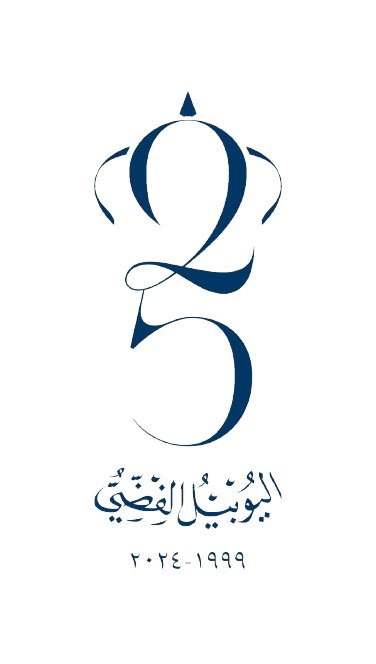The following actions are to be taken by the Investigator/s upon arriving to the accident scene, the actions are to be taken into priority bases, and the Investigator/s will judge the situation. The following are recommended actions as priority, AAIU Investigator will:
- Arrange for security at the accident scene. Determine if hazardous materials are on the aircraft and request special assistance, if necessary. On request, Civil Aviation Security or the local Law Enforcement Agency will provide assistance in establishing and maintaining appropriate security at crash scenes.
- Ensure that All Search and Rescue drills are conducted as per the specified manual and are not adversely affecting the evidences.
- Ensure that the emergency locator transmitter has been deactivated (remove batteries, antennae, etc.). This action is necessary to preclude its continued operation, or reactivation during aircraft wreckage removal.
- Determine if crew incapacitation was a factor for fatal accidents. Promptly contact the involved body for obtaining the services of an aviation medical examiner. The local coroner should be contacted to ensure that the flight crew bodies have not and will not be embalmed until an aviation medical examiner is consulted. Also, expeditious medical examination of passengers and involved aviation personnel by a physician is required.
- If the Investigator found that Aerial Photographing is necessary, he may tell AAIU IIC, who in his turn will contact any facility that can provide such services. For this purpose, it is recommended to contact Roya1 Jordanian Air force requesting a Helicopter for such service. Director AAIU will send a petition to FSD requesting a Special Flight Permit, FSD will immediately issue this certificate and send it to Director AAIU. In case of rejection of any requested service, AAIU IIC may call Director AAIU who, in his turn, will take actions to facilitate this service.
- If part or all of the aircraft wreckage is/are in water, wreckage plotting techniques and procedures are to be conducted as per the technical manuals. If any assistance is required, the procedures indicated by point (e) in this paragraph are to be followed as applicable to the specialists in the field of diving and under water searching.
- All parts, components are to be packed and packaged properly to prevent the damage to the evidence.
- AAIU IIC should establish the status of or accomplish the following:
- Rescue operations (who, where, when).
- Wreckage security. Treat accident scene like a crime scene.
- Site safety.
- Notification procedures.
- Emergency locator transmitter should be deactivated.
- Flight data and cockpit voice recorder, if installed, should be located and secured.
- Perishable evidence. This must be documented quickly or preserved.
- Victim identification. Contact Law Enforcement officers.
- Autopsy and toxicology studies. Contact the concerned air surgeon office.
- News releases.
- Photographic documentation should occur before wreckage is moved.
- Wreckage recovery and movement. Delay until perishable evidence and photographic documentation are completed.
- Names, Addresses, and telephone numbers of witnesses are obtained from law enforcement officers and any other sources.
- If required the Pathologist should be called, and all Pathology procedures are to be conducted at the specified area as indicated in the specified manuals (Disaster Management Manual, or Airport Emergency Plan and Emergency Management Manual).






